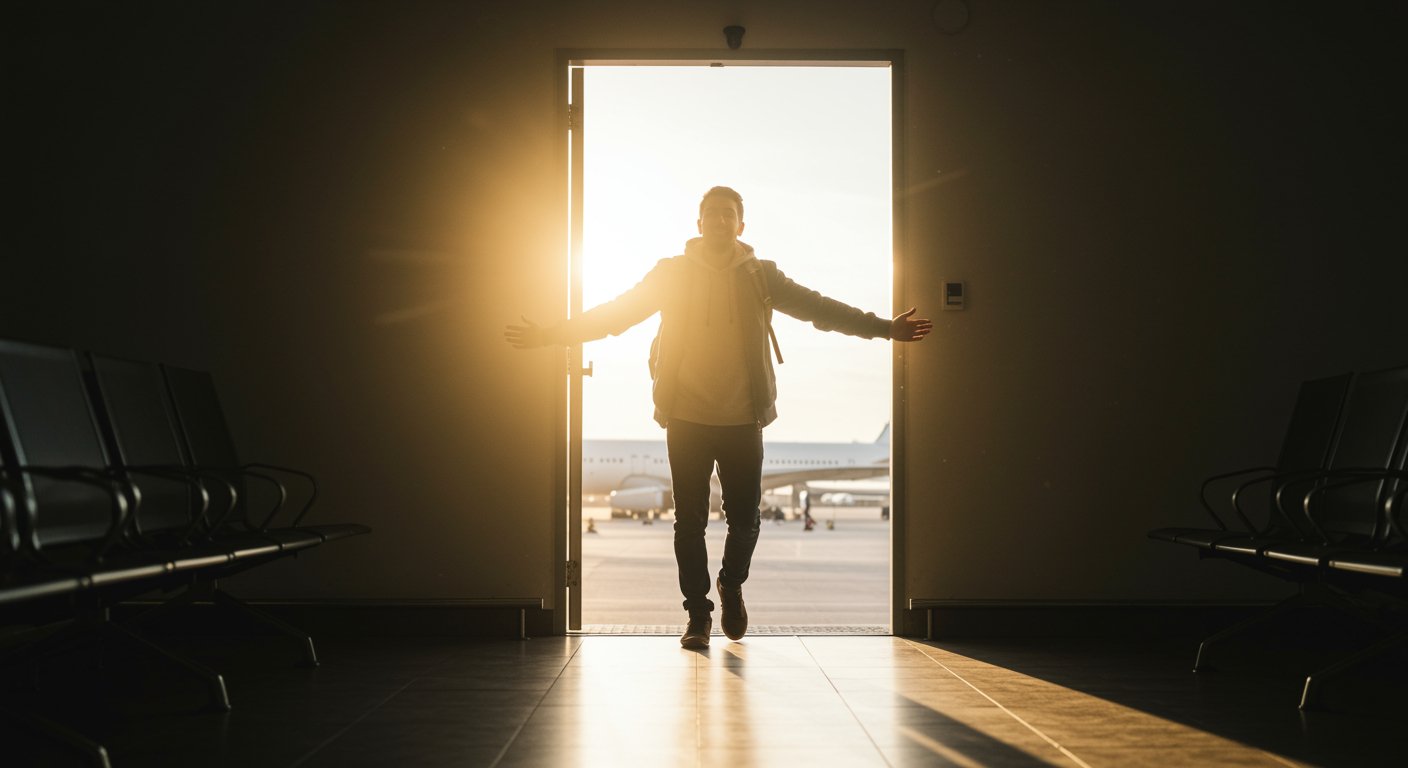Jet lag, or desynchronosis, is the universal traveler’s nemesis, a physiological disruption that can sideline the first few days of any journey, whether for business or pleasure. The condition, resulting from the rapid crossing of multiple time zones, confuses the body’s internal clock (the circadian rhythm), leading to symptoms like insomnia, daytime fatigue, digestive issues, and impaired concentration. Learning beat jet lag top tips is not merely about comfort; it is about maximizing the quality and productivity of every precious hour spent in a new destination.
The key to combating jet lag lies in a proactive and holistic strategy that begins before you even leave home and continues well after you land. The goal is to aggressively reset the body’s clock to the destination time zone as quickly and smoothly as possible. This involves manipulating your exposure to light, timing your meals, and utilizing strategic sleep deprivation to force your body to adapt. By adhering to a consistent routine, you can significantly mitigate the effects of desynchronosis and ensure you feel your best from the moment you step off the plane.
Pre-Flight Preparation: Starting the Reset Early
The most effective beat jet lag top tips start a few days before departure. Don’t wait until you are airborne to begin your acclimatization.
- Gradual Shift: If traveling East, try to go to bed and wake up 30-60 minutes earlier each day for three days prior to departure. If traveling West, shift your schedule later. This subtle adjustment primes your circadian rhythm for the change.
- The Timing of Melatonin: Melatonin, a natural hormone that regulates sleep, can be a useful tool. Consult a doctor about the appropriate dosage and timing. If flying East, taking a small dose in the early evening of your destination time zone (while still at home) can encourage an earlier bedtime.
- Optimize Your Flight Time: Choose flights that arrive in the late afternoon or early evening of your destination. This allows you a short window to exercise, eat dinner, and then go to bed at a reasonable local time, kick-starting your new rhythm immediately.
In-Flight Strategies: Aggressive Adaptation
The flight itself is a crucial window for aggressively adopting the new time zone. Apply these beat jet lag top tips while you are en route.
- Set the Clock Immediately: As soon as you board the plane, switch your watch and all devices to the destination time. Begin behaving as if you are already there.
- Manipulate Light Exposure: Control your exposure to light based on the destination time. If it’s daytime at your destination, keep the shades open and stay awake. If it’s night, wear an eye mask, use noise-canceling headphones, and attempt to sleep. Light is the most powerful cue for resetting the internal clock.
- Hydrate Relentlessly: Dehydration exacerbates the fatigue and headache symptoms of jet lag. Avoid alcohol and excessive caffeine, as both are diuretics. Drink water consistently throughout the flight.
- Move Regularly: Stand up, stretch, and walk the aisles every hour. Movement boosts circulation and combats the physical stagnation that contributes to overall travel fatigue.
Post-Arrival: The 24-Hour Rule
Upon landing, the final and most important phase of beat jet lag top tips begins: adhering strictly to the destination’s schedule for the first 24 hours.
- Seek Sunlight: If you arrive during the day, get outside immediately. Natural light exposure—especially in the morning—suppresses melatonin production and signals to your brain that the day has begun. This is the single most powerful way to reset your clock.
- Eat on Schedule: Eat meals only at the local mealtimes. This helps align your digestive system with the new time. Avoid heavy, rich foods on the first day, opting for fresh, light meals.
- Resist the Long Nap: If you are exhausted, limit any daytime nap to a maximum of 20 to 30 minutes. A longer nap can deepen your jet lag and make it impossible to sleep when night arrives. Force yourself to stay awake until a socially acceptable local bedtime (no earlier than 9 PM).
- Light Exercise: A gentle walk or a yoga session on the first day can help revitalize the body and promote better sleep later that night. Avoid high-intensity workouts immediately after arrival.
By treating jet lag as a manageable challenge rather than an inevitable affliction, the savvy traveler uses these strategies to minimize downtime and start feeling their best instantly.


